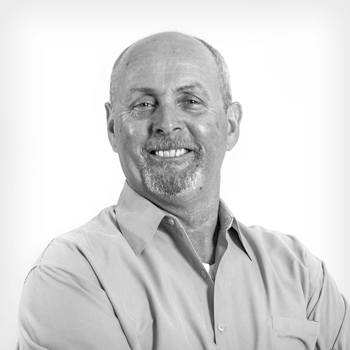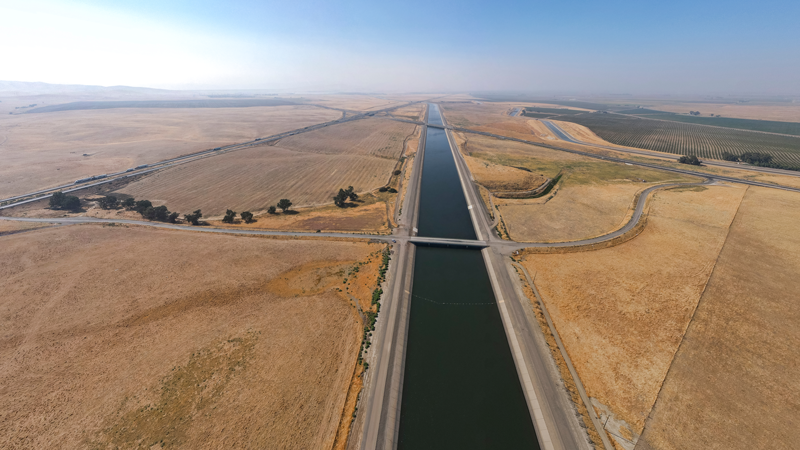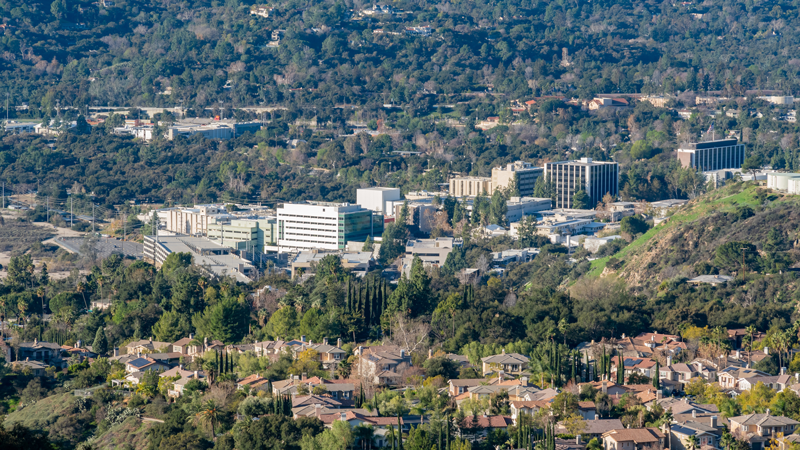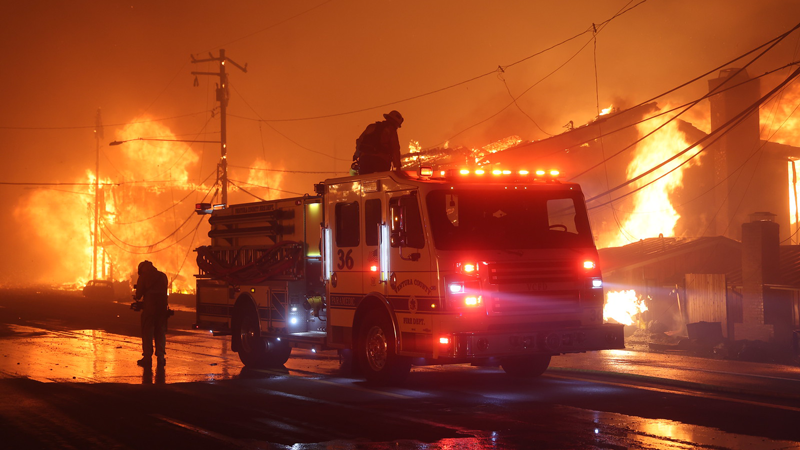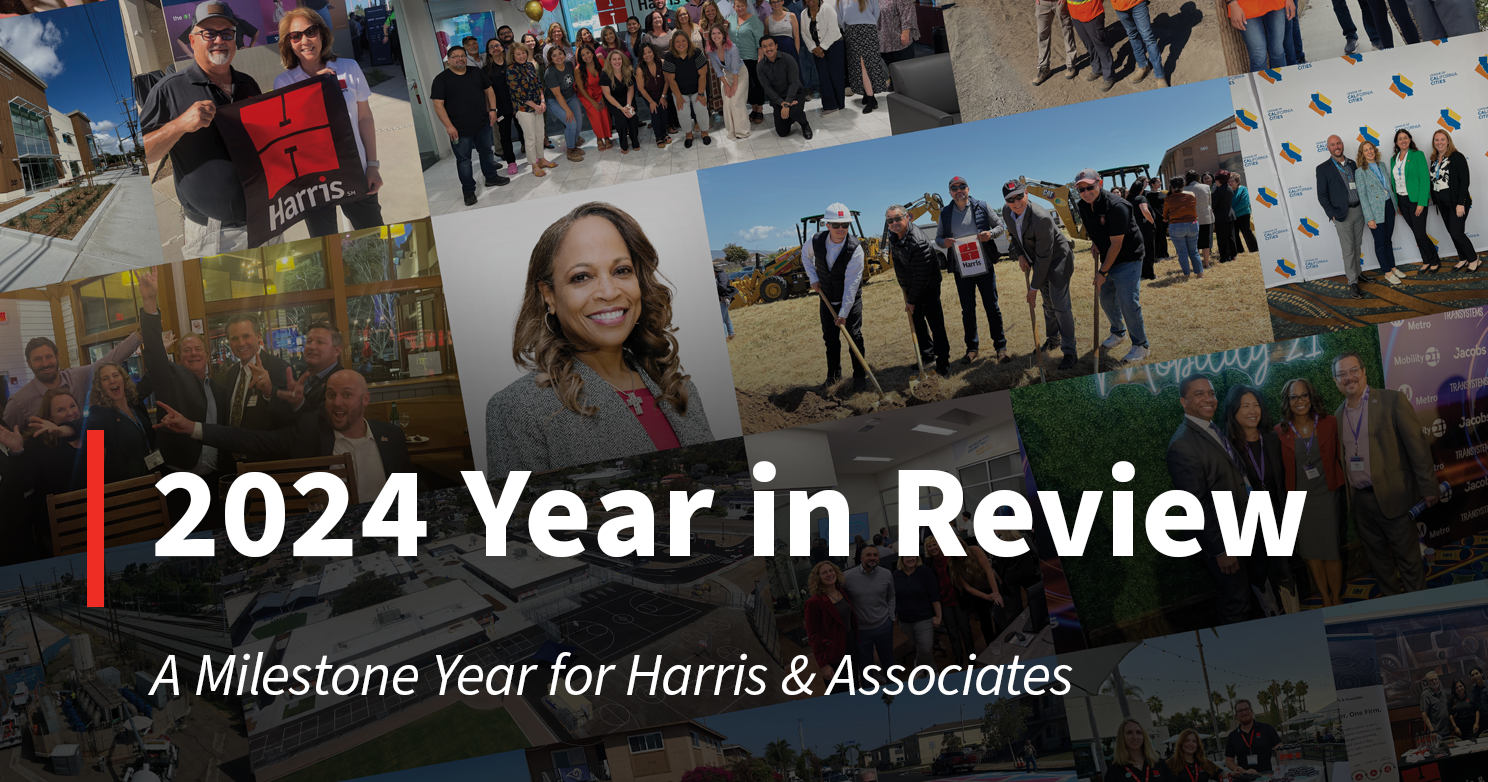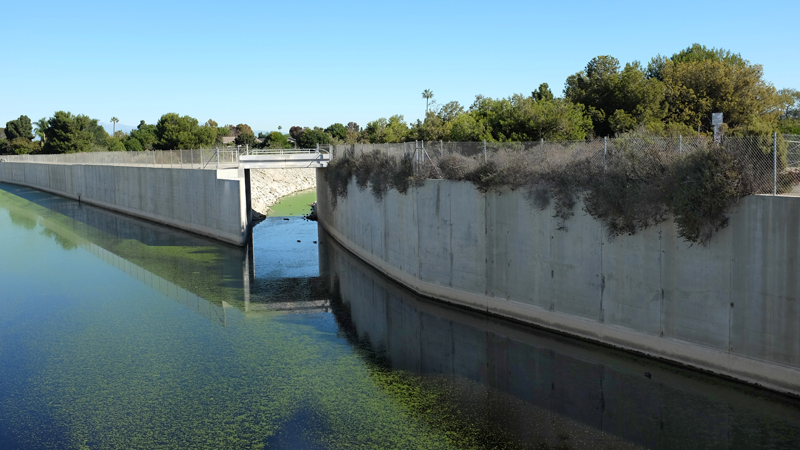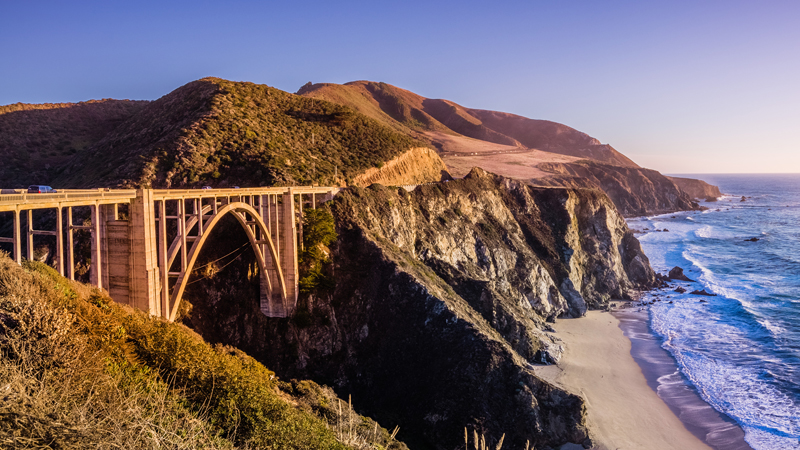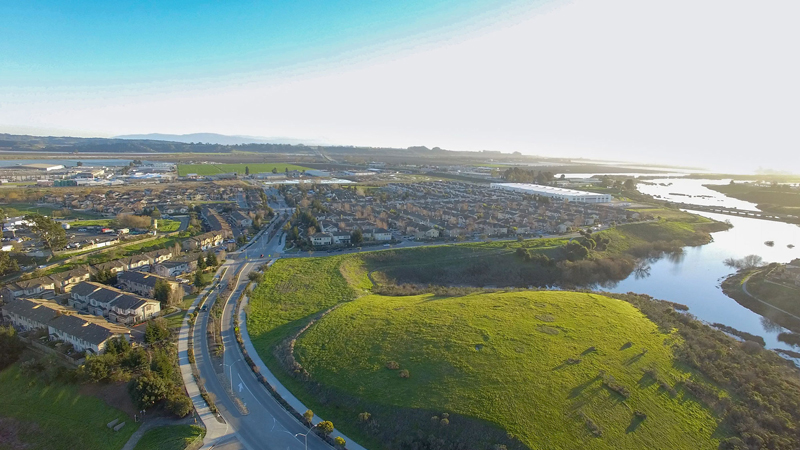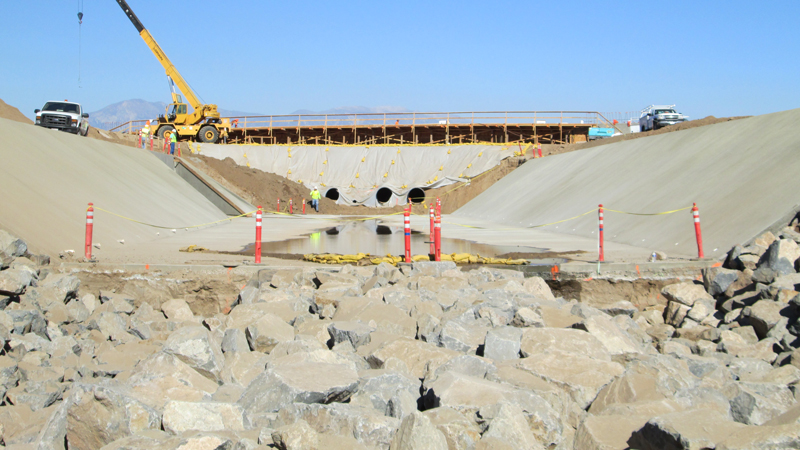Blogpost
3.3 minute read
June 08, 2015
Mother Nature recycles water—and we can, too.
That's what I realized while managing the construction of an innovative facility in California, one that heralds the future of water.
The Advanced Water Purification Demonstration plant was built in the Padre Dam Municipal Water District as a pilot for a full-scale program. The plant takes already-treated water and filters it with an advanced purification process. The result: purer water than what pours now from your tap.
None of the water is yet used by the public, since this is a demonstration plant with a yearlong testing period. This is called “challenge testing” because regulators require Padre Dam Water District to prove its water purity for 365 straight days. So far, so good.
There’s certainly a need for more drinking water in the area served by Padre Dam. The region is part of San Diego County, which imports most of its water from the Colorado River and Northern California’s Bay Delta. Since November 2014, Padre Dam has been at a Level 2 Drought Alert, which requires mandatory water conservation measures.
There has been a drastic drop in the local tributaries, and since this is a desert, the only sustainable way to replenish the region’s water is to recycle it.
The new demonstration plant, opened on March 15, 2015, aims to accelerate and super-size nature’s recycling process by using proven, state-of-the-art technology that’s combined in a new way. The key is an interface that lets water flow easily through several steps:
- Step 1: Free Chlorine Disinfection
Water is treated and disinfected. This special step goes beyond other systems and adds to the experimental nature of the process at Padre Dam.
- Step 2: Membrane Ultrafiltration
Water moves through a bundle of filters, which remove the larger particles.
- Step 3: Reverse Osmosis
This is the same technology used in desalination plants, aftermarket or under-counter water filtration systems, and Brita type filters. Particles 100x smaller than a virus are stopped by this barrier and so are chemicals, resulting in water that’s near distilled in quality.
- Step 4: Advanced Oxidation
UV tubes and hydrogen peroxide break down organic molecules using light. This process is also used to sterilize surgical instruments and baby food jars and to clean water in the Monterey Bay Aquarium. When the water leaves this last step, it is free of pharmaceuticals, chemicals, bacteria and viruses.
The plant filters water 12 times, purifying 100,000 gallons a day. The facility and an external lab use state-of the-art monitoring to continually check the water quality and ensure purity. Their testing shows that the highest level of purity is reached after filtering the water just three times. In fact, it’s cleaner than bottled water at that point. But decades ago, before this technology existed, laws were written which assumed that more filtration was necessary. As a result, the water goes through several redundant purification steps.
See the filtration process in action!
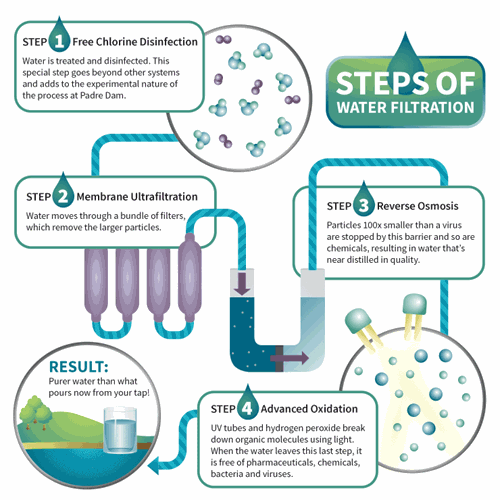
If the project proves successful after its year of testing, as all signs indicate it will, Padre Dam will ask regulators for approval to build a full-scale plant. The system's compact nature will make finding a patch of land easier. When complete, the building would be much smaller than a standard treatment plant. The overall benefits would be enormous.
A full-scale purification facility could give the community a drought-proof source of safe drinking water that's locally controlled, environmentally sound and always ready. And the two million gallons a day of drinking water could help sustain—and even increase—the area's economic growth.
Let me know what you think about this alternative source of water—do you think this is a viable solution to California’s strained water resources? Or if you'd like to learn more about this specific project at Padre Dam Municipal Water District, let's connect—I'd be happy to tell you more about it.
